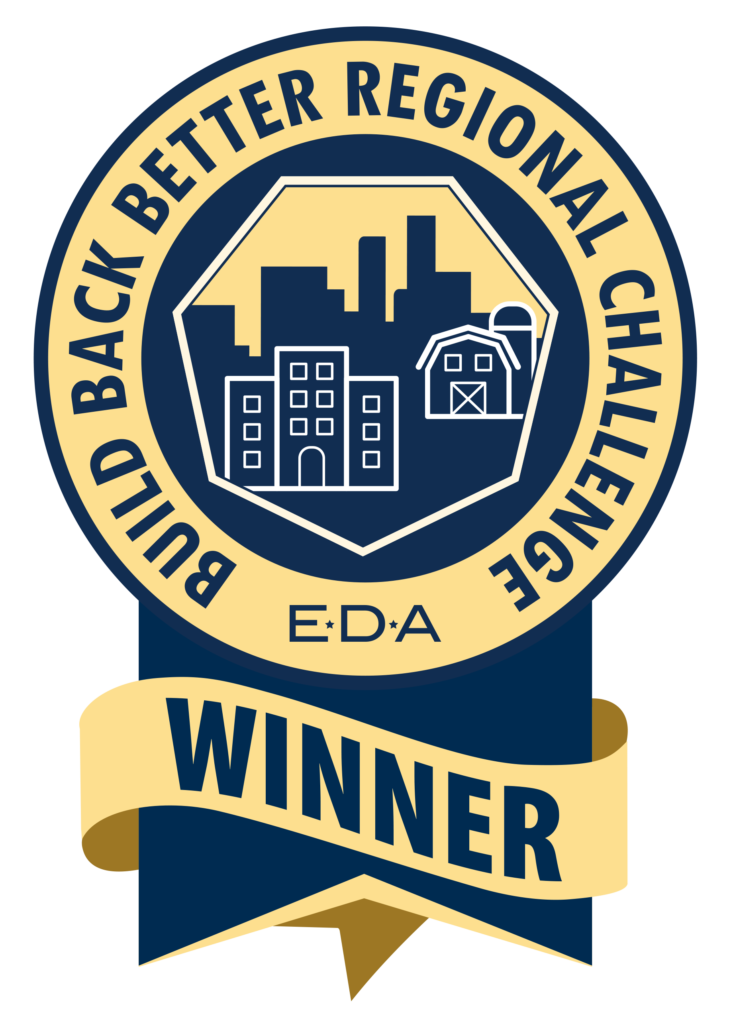Last week, I was joined by Generation West Virginia Director, Alex Weld, and Sustainable Strategies CEO, Matt Ward, at the Build Back Better Regional Challenge (BBBRC) Summit in Washington D.C. We were representing the ACT Now Coalition, based here in southern West Virginia, and focused on building the clean tech economy of the future for our region. Out of 529 applications nationally, ACT Now is one of 60 finalists competing for a $63 million investment into central Appalachia. It was an honor to be present among the many outstanding finalists, and I came home with four key takeaways to share with you:
1) Workforce development is economic development and economic development is workforce development.
2) Environmental sustainability and equity are the defining challenges and opportunities of our time.
3) Rural renewal is attainable on the near-term horizon if the right amount of investment is committed.
4) Bottom-up economic/workforce development is the greatest catalyst for positive change our country has.
The conference was hosted by the U.S. Economic Development Administration (USEDA) and facilitated by a national organization called America Achieves. During this gathering we heard directly from cabinet secretaries, White House officials, and leading economic development experts. Best of all, we had a chance to network with other BBB Regional Challenge finalists. I was genuinely inspired by the creativity, commitment, and capability of each finalist group I met. Their work fills me with hope for our country. Although we’re technically competing against each other, we’re ultimately all on the same team in striving for a more just economy.
1) Workforce development is economic development and economic development is workforce development.
Multiple presentations emphasized the vital importance of workforce development in advancing successful economic development. This might seem obvious to most, but the truth is that traditional economic development focuses on attracting new businesses and hoping the education system figures out the workforce later.
This approach has obvious flaws, and those flaws are catching up with us now.
Presenters and attendees both were acutely aware of the labor crisis facing our country’s economy. In fact, many of us are coming from areas with labor force participation rates well below the national average (which, itself, is too low).
If we are going to build the new economic sectors of the future (climate tech, bio-based industry, robotics etc.) then we’re also going to have to build the new workforces of the future at the same time. This will require much more inclusion, flexibility, and worker-support than the traditional workforce development system has been able to provide. Intentionally, collaboratively, and thoughtfully incorporating robust worker training and support was the goal of nearly every finalist I met. We all agreed this was important and that we needed to do more, including deeper relationships in the k-12 space. We also need other community and industry leaders to do more of their part to invest in and support the workforce of the future. There was a sense that our country has fallen behind in this respect, and BBBRC is an opportunity to prove that new models can get us caught up. The result will not only be new jobs, but new good-paying and meaningful jobs for people from all walks of life.
2) Environmental sustainability and equity are the defining challenges and opportunities of our time.
Many of the finalists’ projects are focused on climate technology and mitigating climate change. While rising seas and extreme weather are obvious challenges, there is also a clear trend of innovators realizing job creation potential in the transition to clean energy and climate resilience. Markets are quickly changing to place more emphasis on the natural environment, and growing networks of entrepreneurs stand ready to capitalize on these changes.
Similarly, I was amazed at the deep commitment to equity embedded in every single finalist project. While most regions of our country have experienced economic growth of some kind these past few decades, that growth has excluded far too many for far too long. We want this time to be different, so we’re designing our projects to be racially and socially just from the very start. Engagement with historically excluded communities isn’t just a box to check on an application; minorities and marginalized people are active decision-makers and leaders in our projects.
3) Rural renewal is on the near-term horizon if the right amount of investment is committed.
In defining “historically marginalized communities”, the U.S. EDA includes rural areas suffering from disinvestment and generations of extraction. This is welcome, and this is important because, in fact, many of our rural communities comprise some of the most marginalized people in America today. Many of the finalists have a rural focus or have included rural stakeholders in sincere ways. Presentations by groups from the Black Belt of Alabama, Native American reservations, and from right here in central Appalachia were an absolute inspiration to me.
Many of our rural communities, including those here in Appalachia, have just been trying to survive in recent times. However, at this gathering, I saw rural innovators ready to do more than just survive; these innovators are ready to lead the way in building a new economy. And we might just have some important advantages. Rising costs of living in urban areas, as well as environmental issues such as declining water supplies and extreme heat, along with continued concern about infectious diseases in crowded areas, are all factors causing city-dwellers to give rural communities greater consideration. Meanwhile, the kinds of skills needed to transition our country and our world to climate resilience are abundant in rural America: sustainable farming, smart manufacturing, and energy production to name a few. Throughout the BBBRC Summit I had the strong sense that rural America is poised for a new era of innovation and opportunity.
4) Bottom-up economic development is the greatest catalyst for positive change our country has.
Many federal programs flow from D.C. to state offices and then trickle out to the community level, but U.S. EDA is very intentionally trying to design the BBB Regional Challenge in support of community-led solutions. This means encouraging bottom-up solutions rather than top-down. In a rapidly changing environment, it’s crucial to get investments as close as possible to the problems those investments are trying to solve. Moreover, genuine community-led projects tend to have deeper roots, greater local knowledge, and longer-term strategies which can solve problems, and which can actually sustain beyond the life of a grant.
I want to commend the U.S. EDA on the process it has led through the BBB Regional Challenge. This process has moved fast and has indeed made historic amounts of funding available at the community level. It has created a TON of work for those of us on the ground, but we’re not complaining because we know this is a unique opportunity to transform our economies for the better.
Thank you to the U.S. EDA for this opportunity and thank you to all 59 fellow-finalists for filling me with hope for the future of this country’s economy.


